Where’s the “At ease!” command?
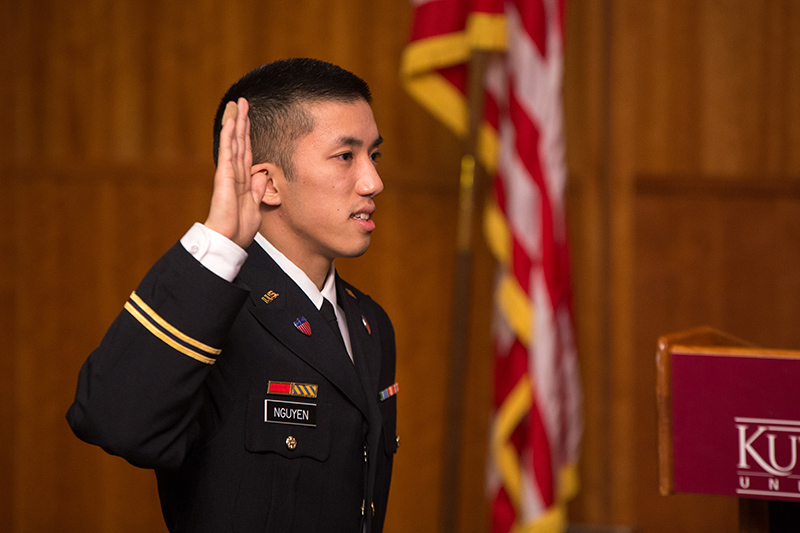
In my first years of college, I took ROTC, in those days mandatory for male students at Land Grant institutions. I recall the marching drills and inspections we had every Tuesday at noon on the parade field. There was tension in the air as we walked, lockstep, within perfectly aligned ranks. And then we presented for inspection or rifles, old M-1’s from the Second World War. In addition, pants had to be pressed, shoes shined, and collar brass gleaming in the noonday sun.
But then, when all this pageantry was nearly over, our company commander would shout, “At ease!” What a relief…we could relax a bit, standing without the stiff tension of marching or being inspected.
Before I came into teaching, the design office for which I worked billed at different hourly rates depending upon the function’s degree of mental or emotional tension…a higher dollar figure for client contact, creative thinking, copywriting, and design, and a lower figure for doing comps and mechanicals. After wracking my brain to come up with an idea and a tense meeting to sell the client, I used to enjoy the relatively relaxing work of a traditional mechanical. But, with today’s Macintosh-based work, there’s a merging of various design and production duties and less distinction between “Attention” and “At ease.”
I will admit, though, when compared to the front lines of client contact or intense creative thinking’s earshot range of constant enemy fire, sitting at the Mac, while not exactly rest and relaxation, lets me lean back and see how the war is going, and provides chances to undo bad battlefield decisions I may’ve made.
-John K. Landis
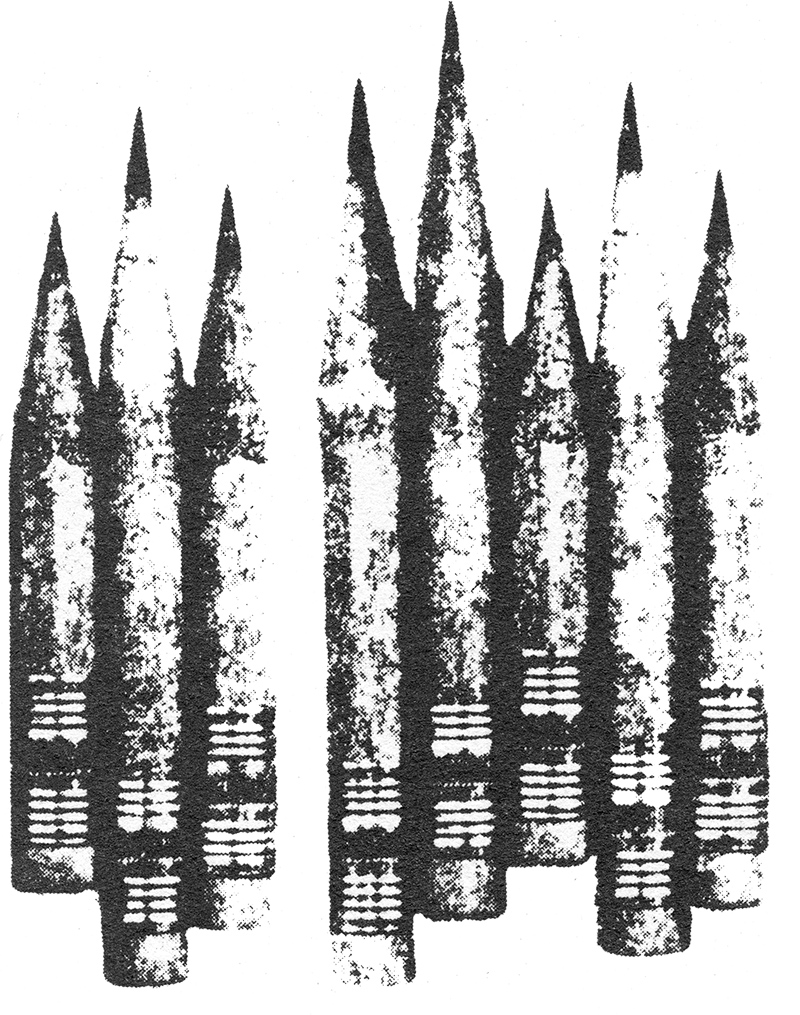
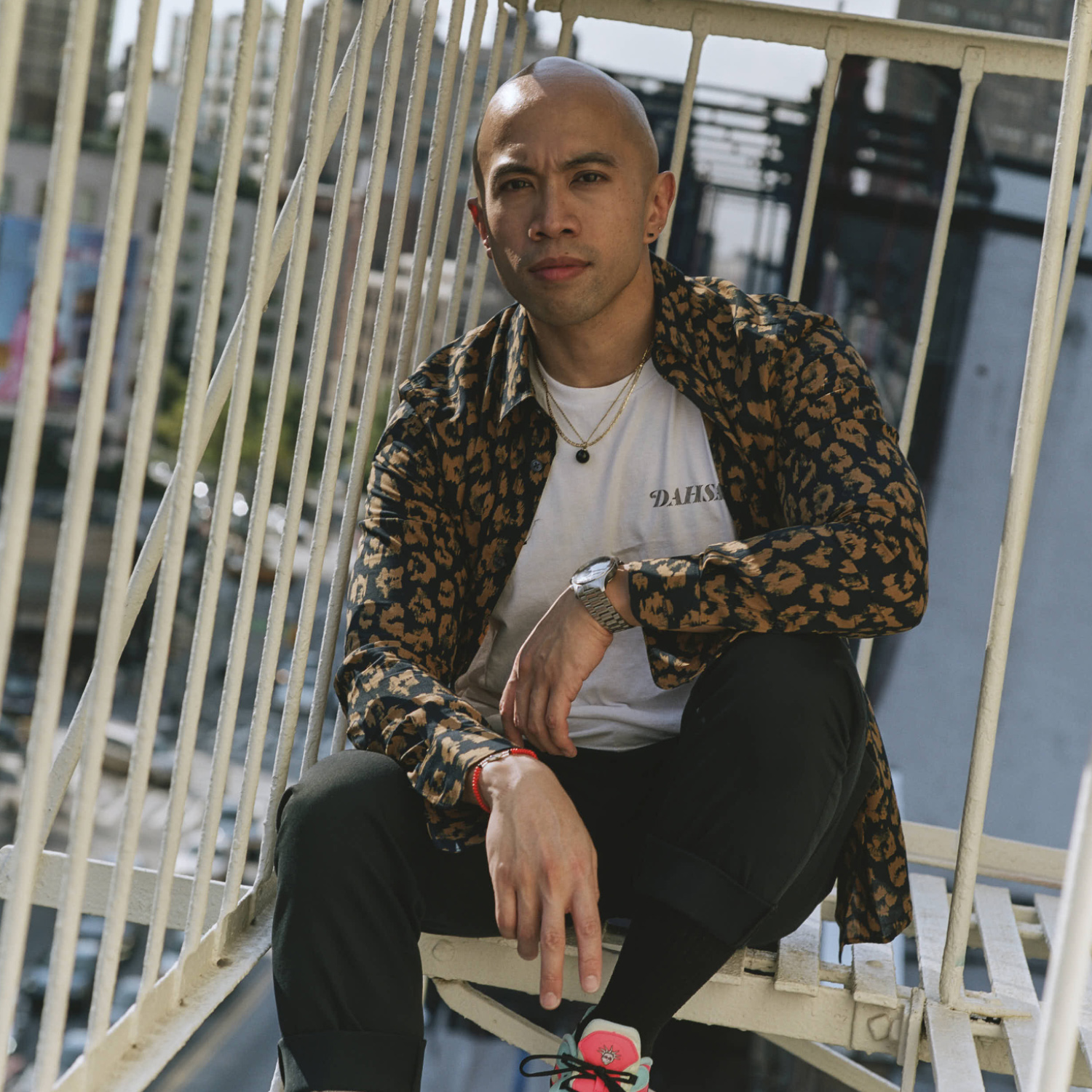
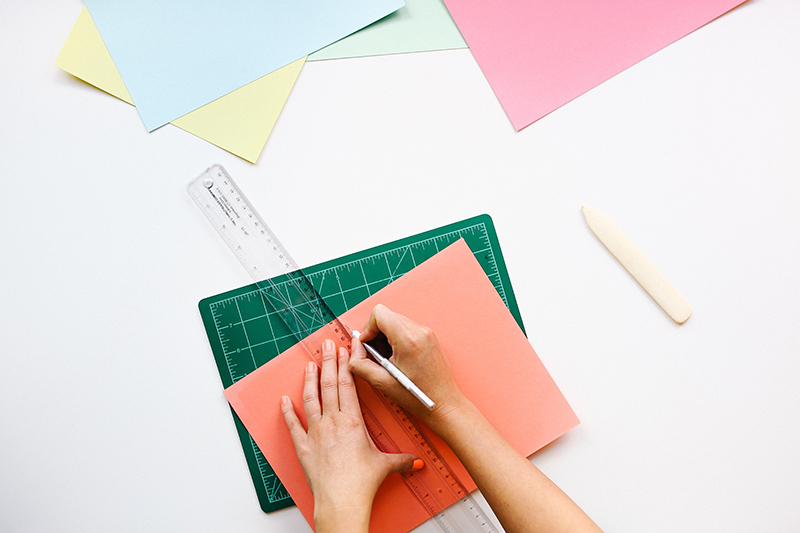
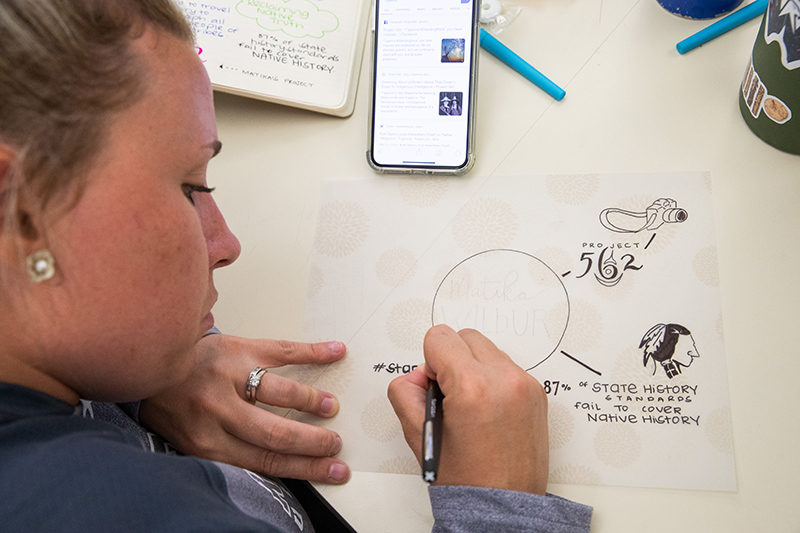

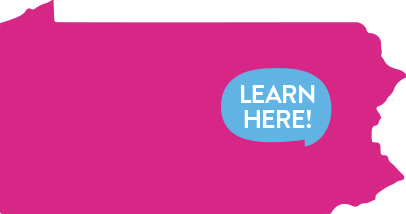

You must be logged in to post a comment.